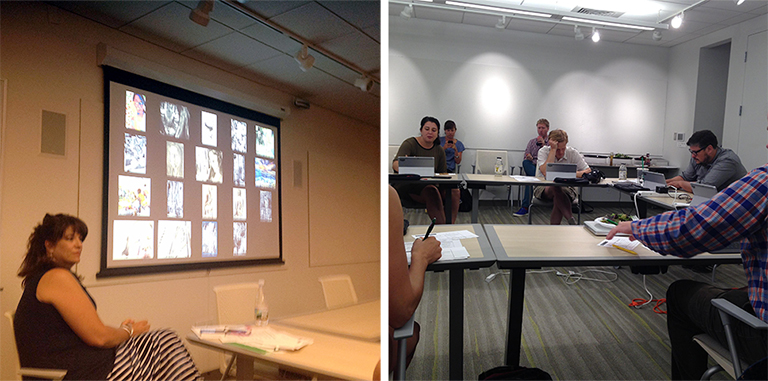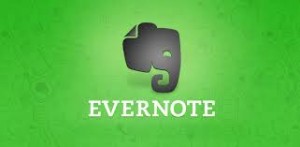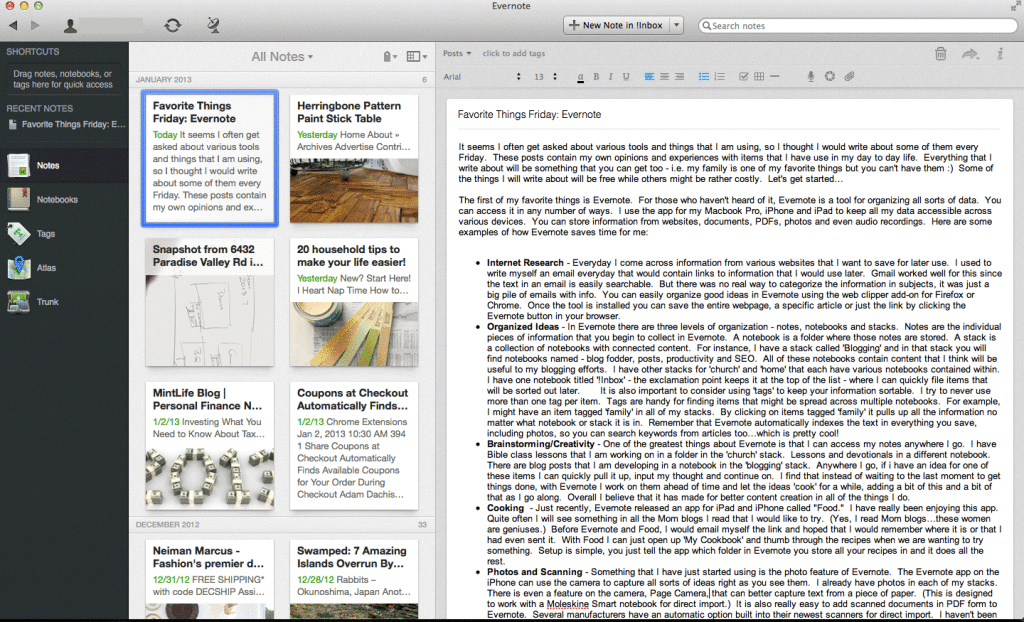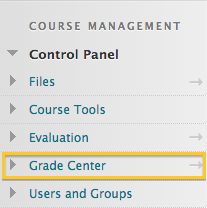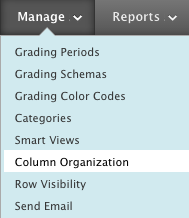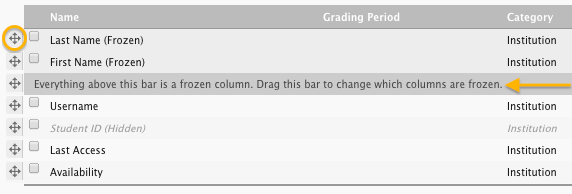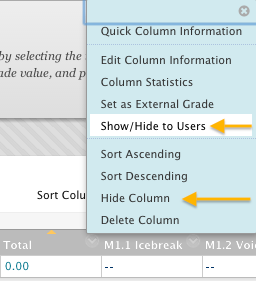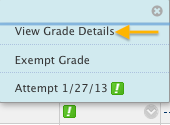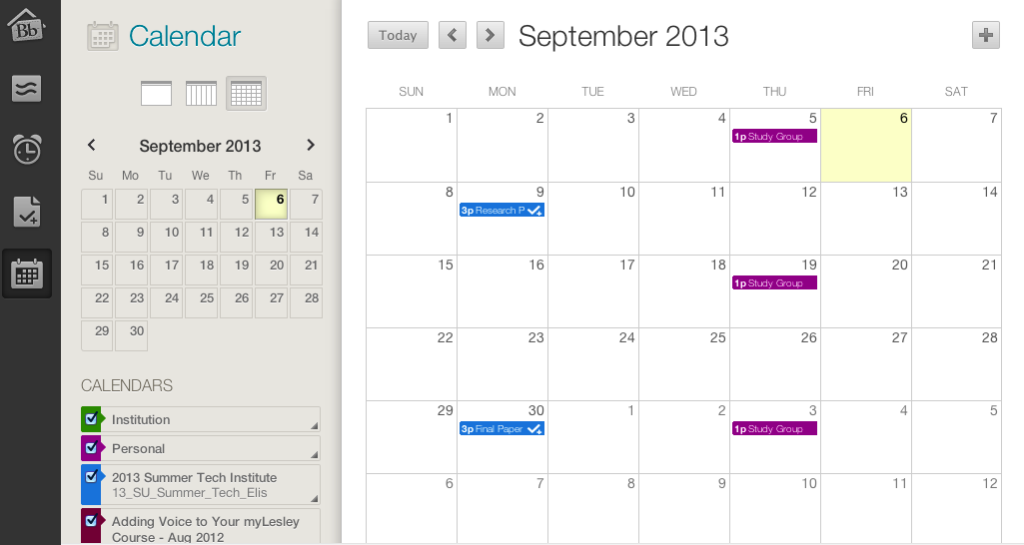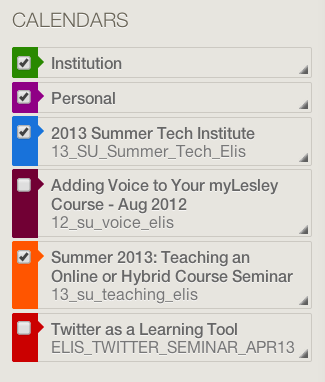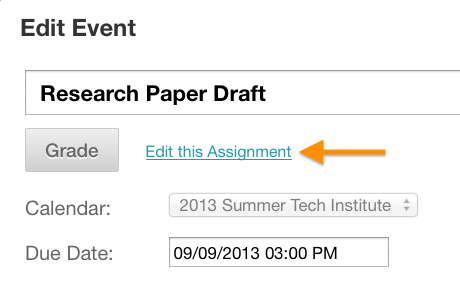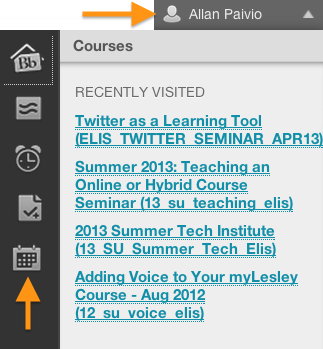 This year, I was fortunate enough to attend the Futures of Entertainment (FoE) Conference that took place at MIT November 9 – 10th. The FoE Conference brings together a diverse group of researchers, practitioners, analysts, and activists to explore the complex relationships among media, culture, and academia.
This year, I was fortunate enough to attend the Futures of Entertainment (FoE) Conference that took place at MIT November 9 – 10th. The FoE Conference brings together a diverse group of researchers, practitioners, analysts, and activists to explore the complex relationships among media, culture, and academia.
Issues surrounding the importance of language arose on a number of occasions throughout the two-day conference. During a session on Listening and Empathy, panelists grappled with questions of semantics and the power of language to influence understandings, attitudes, and behaviors. The panel was comprised of Grant McCracken, anthropologist and author of Chief Culture Officer and Culturematic; Lara Lee, Chief Innovation and Operating Officer at Continuum; Carol Sanford, author of The Responsible Business; and Emily Yellin, author of Your Call is (Not That) Important To Us. Moderating was Sam Ford, Director of Digital Strategies at Peppercomm and co-author of the upcoming book Spreadable Media.
The main purpose of this panel was to explore the ways in which an organization can work with, learn from, and ultimately serve their “customers” (a term that was thoroughly disputed throughout the discussion). Panelists tackled a number of challenging and thought-provoking questions that encouraged attendees to think (and rethink) about communication processes and purposes. How can we better understand the community with and for whom you work? Internally, what are the words you use to describe this group of people, and what does your word choice say about your approach? Is it your “audience”? “Customers”? “Users”? “Consumers”? Why do we reduce and commodify individuals through language? To what extent can we abandon these somewhat limiting terms and think in terms of “lives”? How can organizations foster human-centered innovation by connecting with and understanding the lives of others?
From these questions, panelists deconstructed the terms “listening” and “empathy.” What do we mean by listening? How do you listen through the patterns to determine what is being communicated? What meaning exists behind the spoken words? These questions pushed attendees outside of their comfort zone. According to Lara Lee, listening is about hearing the patterns that are in the life of people rather than the data. Panelists seem to agree that data can tell us what is happening, but data is limited in explaining why. Data does not capture the whole person and instead allows for homogenization, which is dangerous and often leads to narrow misunderstandings and misappropriations. To develop a holistic picture of people your organization aims to serve and an understanding of what is happening in the world, panelists encouraged us to interact with others in context, which prompted conversation on the value of ethnographic studies and the importance of empathy. According to Grant McCracken, empathy is not necessarily just about feeling someone’s pain. McCracken emphasized that although this is how we often understand the term “empathy,” the idea of feeling someone else’s pain is “the lesser half” of the definition. The more important half of this definition is about understanding how others conceptualize the world. McCracken encouraged attendees to “stop thinking about the things you normally think about and begin thinking, in a holistic way, about how another thinks and feels.”
We then moved from the importance of words to the value of action. Empathy is not only about feeling, listening, and understanding; empathy is also about doing. These newly surfaced understandings of people must necessitate changes in behavior. Emily Yellin inspired me with her question, “How can we use our humanity to connect to someone else’s humanity?” The process of ethnographic studies provides opportunity to get outside of your culture and into someone else’s. Once you understand the culture and lives of those with whom your organization aims to connect, you can make changes to best serve this population. Panelists recommended an iterative approach to changed behavior, where you first take your new understandings and try out one or two new ideas that may better serve them. Pay close attention to what happens, then tweak your approach accordingly.
This consistent commitment to understanding the lives of others was completely inspiring and reminded me that the purpose of the decisions we make as educators and designers is ultimately to effectively serve students and support authentic learning. We must constantly ask ourselves to examine design from the student perspective and provide a variety of entry points to support diverse learning preferences.

